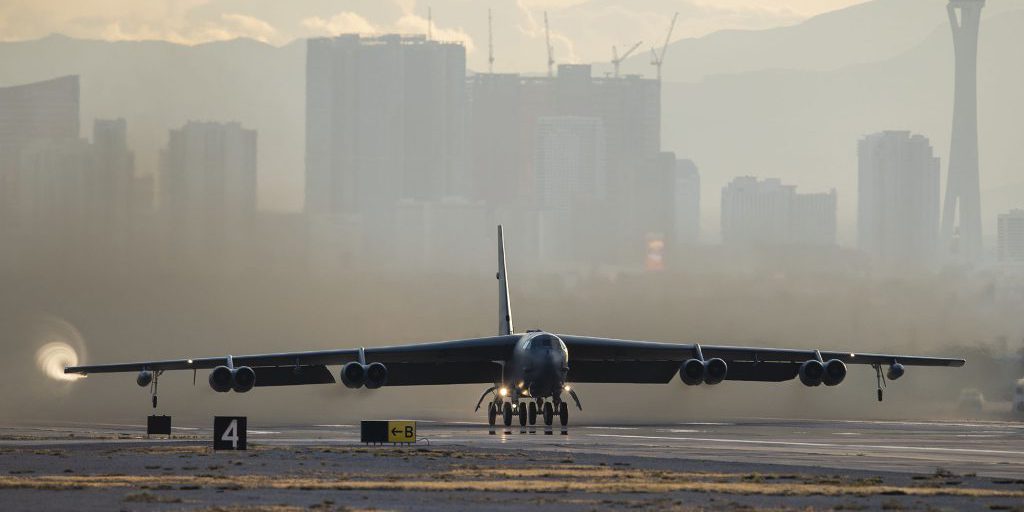Colin H. Kahl spoke virtually today at the United Nations’ Nuclear Non-Proliferation Treaty Review Conference in New York City.
“However, today’s security environment is more challenging than at any time since the end of the Cold War and arguably a more complex one, as there are many challenges that impact progress toward the achievement of the Non-Proliferation Treaty aspirations,” he said.
The NPT is an international treaty, the aim of which is to prevent the spread of nuclear weapons and weapons technology, to promote cooperation in the peaceful uses of nuclear energy and further the goal of achieving nuclear disarmament.


